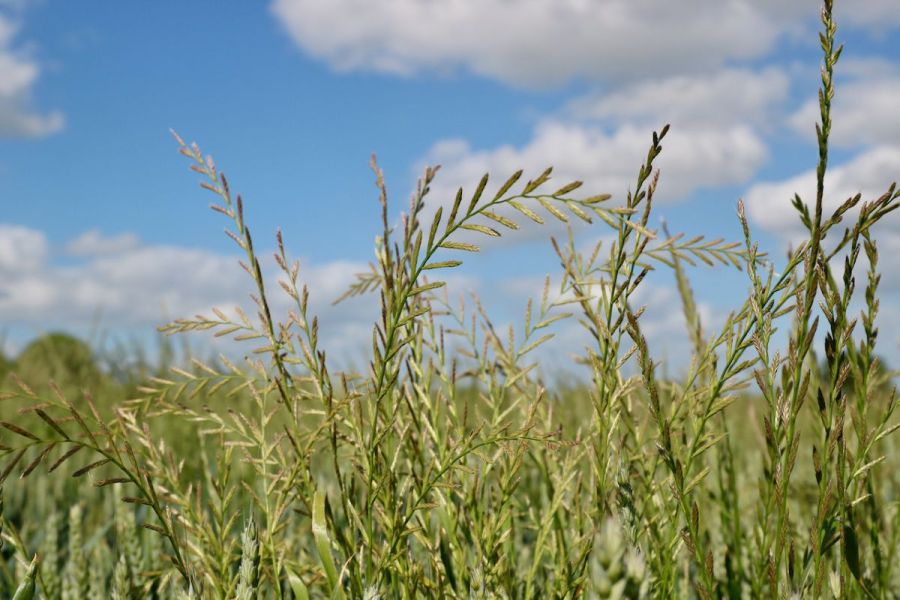Ryegrass is the hot topic at the moment and it’s proving to be an even more difficult beast to tame than blackgrass. CPM finds out why alarm bells are ringing.
For a grassweed population of 300 heads/m2, blackgrass would produce 30,000 seeds whereas Italian ryegrass produces 88,500 seeds.
By Lucy de la Pasture
ADAS weed scientist Dr Sarah Cook is quite emphatic in answering that question. “Italian ryegrass makes blackgrass look like a pussycat. We’ve made it like that because it’s been bred to produce lots of biomass.”
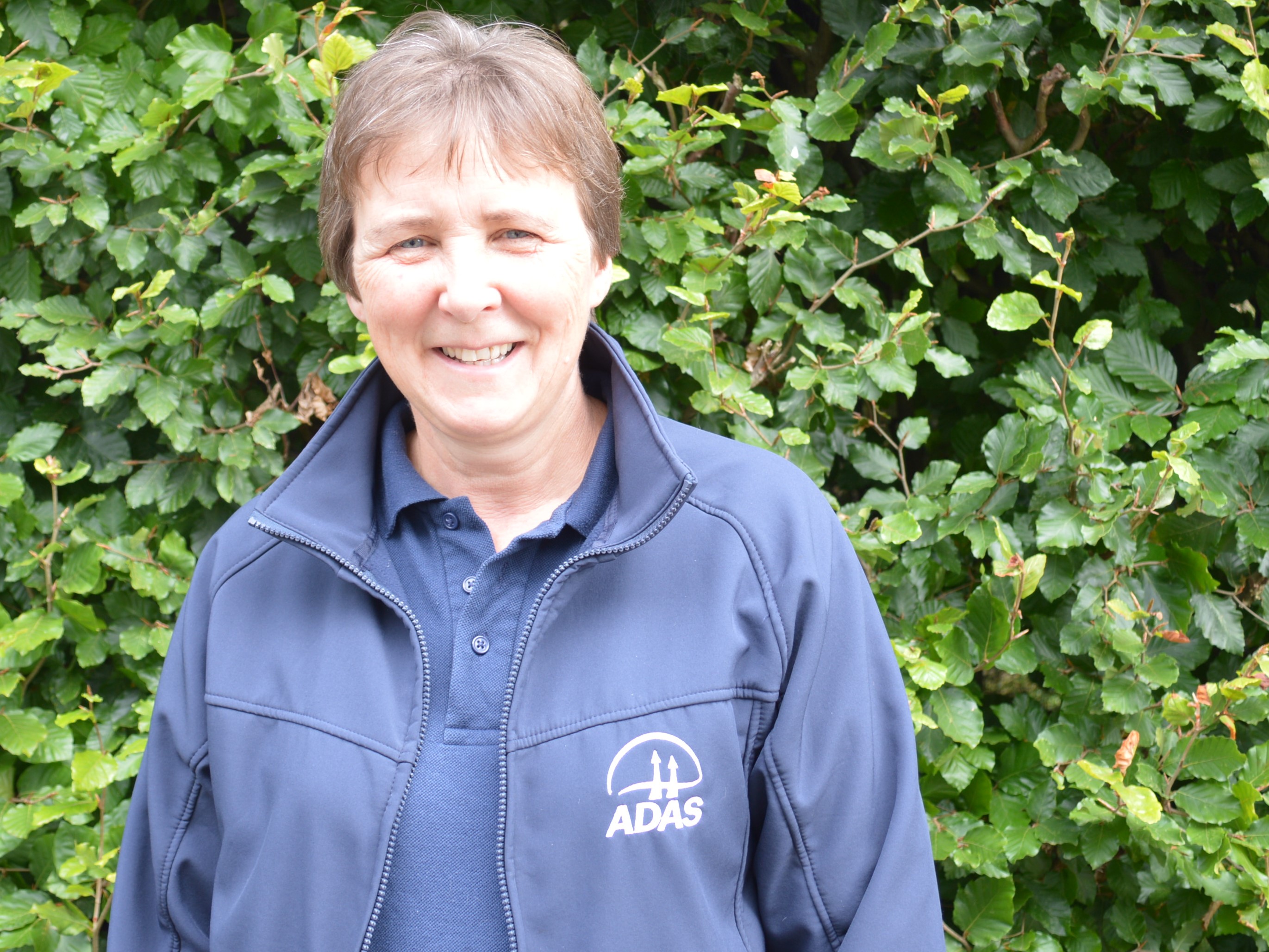
Sarah Cook says Italian ryegrass has a number of characteristics which make it innately tricky to control.
It has a number of characteristics which make it innately tricky to control. “The majority of the seed comes up in the autumn as it has little or no dormancy, and 20% of these can emerge after October,” she explains.
That doesn’t mean stale seed beds and delayed drilling aren’t effective tactics, but some weed seeds will inevitably germinate in the crop meaning herbicides have to be relied on quite heavily. Sarah says control is similar to blackgrass, with a pre-emergence herbicide stack and any post-emergence sprays applied early, when the weed has 1-3 leaves.
“Italian ryegrass is more vulnerable to resistance than blackgrass. Part of the reason for this is the huge number of seeds it produces – there are twice as many heads per plant than blackgrass and three times as many seeds per head. So for a grassweed population of 300 heads/m2, blackgrass would produce 30,000 seeds whereas Italian ryegrass produces 88,500 seeds.”
It’s easy to see why Italian ryegrass can quickly build up to become a crop smothering problem. Sarah points out this large number of seeds equates to quicker resistance development than in blackgrass and her advice is to rogue any plants out of crops by 1 June, testing seeds for resistance if its suspected. But most of all, ‘don’t let it become a weed in the first place’, she says.
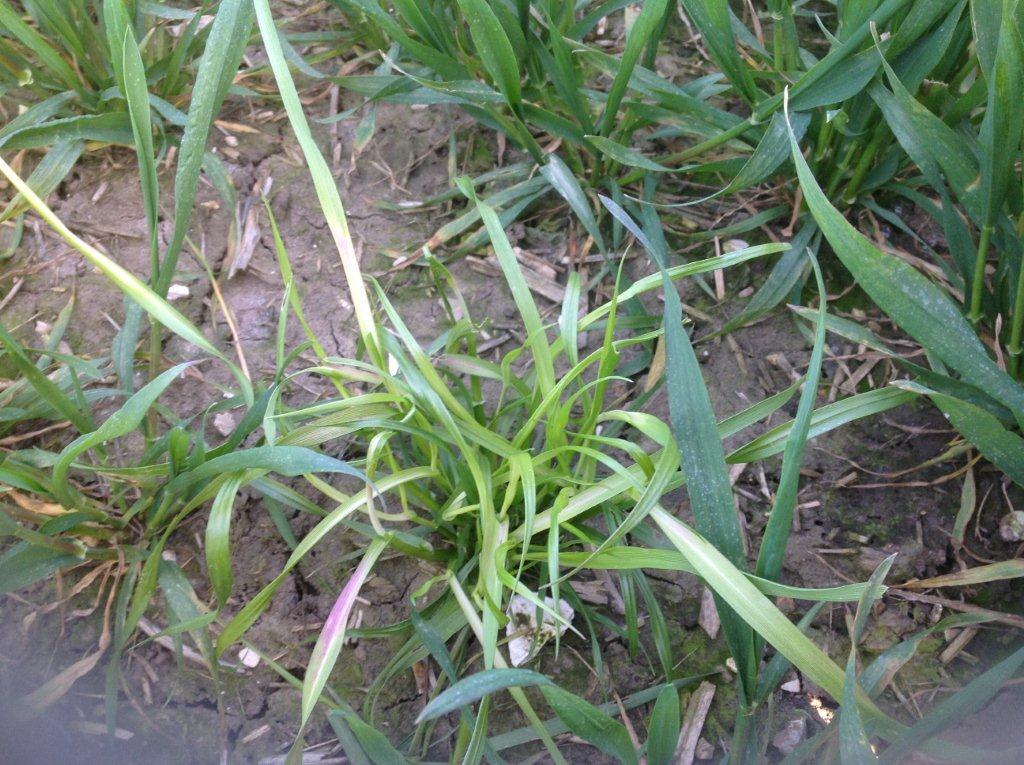
About six years ago it was clear the farm had resistance – one plant would be yellow and dying, but next to it there would be a completely healthy ryegrass plant.
Ryegrass has consistently been a problem at Littlehales Farm, according to arable manager David Pugh. “I’ve been responsible for the arable operation for 11 years. At first, we relied on post-em chemistry, Axial (pinoxaden) and Pacifica (mesosulfuron+ iodosulfuron). But about six years ago it was clear we had resistance. One plant would be yellow and dying but next to it there would be a completely healthy ryegrass plant.
“If I’m honest, at first we mismanaged it a little, carrying on the same way and waiting for the next ‘silver bullet’. But four years ago we got more serious and started using more cultural controls and stacking effective pre-em chemistry.”
Littlehales Farm covers 600ha with a further 640ha contracted, all with predominantly medium soil. The farm mainly grows combinable crops with a small area rented out for root production. Italian ryegrass is the main problem weed, but there are occasional blackgrass patches as well.
“We have very little blackgrass, I believe that it mainly comes in on balers and if we see any plants we rogue them immediately. The ryegrass problem isn’t terrible, some fields are roguable with a spattering of ryegrass, others have more of a problem but are still manageable. But it’s headlands that tend to be the main problem areas,” he says.

David Pugh felt a bit frustrated by the lack of information on ryegrass control when it first became a problem on his farm.
When the farm first started to get serious about ryegrass control, David felt a little bit frustrated about how much advice there was out there for blackgrass but not for ryegrass.
“Most information was for blackgrass control, but we needed to focus on ryegrass. Delayed drilling helps but not to the same degree.”
On farm, the strategy is typically to cultivate after harvest using a Sumo Quatro before spraying off and then drilling with a low disturbance Horsch Serto. The farm uses variable seed rates to target weed patches, often the headlands will get 20% more seed.
Cleaner fields are drilled first, starting in late September and continues until the second week of October. “By some standards this isn’t late drilling but we don’t want to lose crop competition. Too much bare earth gives weeds the opportunity to cause problems,” says David.
A robust pre-em stack is a key part of the weed control programme. “Proclus (aclonifen) plus Liberator (flufenacet+ DFF) plus Defy (prosulfocarb) was our pre-em this season. Proclus is definitely adding to the control, it’s hard to put a number on but you can see it. This autumn, we used Alternator Met (DFF+ flufenacet+ metribuzin) at early post-em.”
Despite good performance from herbicides, David accepts that the days of the solution coming out of a can are gone. He uses herbicides as management tools alongside cultural techniques and changing cropping.
“We move less soil each season, which definitely helps with weed control. But I don’t think that direct drilling would be right for us as things stand. Straw is taken off the farm and swapped for muck, plus we have our own chicken sheds which also provide manure which has to be incorporated.”
Removing straw rather than chopping and spreading also causes some compaction which has to be rectified – during the process of moving and loading bales, contractors inevitably stray from tramlines, he says.
Nevertheless, David’s keen to experiment and take ideas from regen agriculture to see what it offers the farm. Next season, he plans to look at wider row spacing so he can use an inter-row hoe, he has also looked at cover crops but is uncertain how they’d fit into his system.
“Catch crops don’t appear to be viable with the gap we have between harvest and drilling. I can see cover crops ahead of spring crops possibly offering something for soil health, but we don’t grow a lot of spring crops as a rule. Our land seems to suit autumn cropping.”
David has found that spring oats, in particular, have been effective at smothering ryegrass so says they’re a good option. He also notes that the wet autumn in 2019 meant a lot of enforced spring cropping, which has probably reduced weed burden across much of the farm. Growing beans has also helped, he says. “Kerb (propyzamide) does a good job and establishing the following crop of wheat is possible with very little soil movement.”
Hand roguing and topping also help him to keep on top of weeds. The field margins are topped in spring and before harvest to prevent weed seeds being dragged into the field by the combine and grain carts.
Dry conditions pose challenge for winter barley
Drilled and harvested relatively early, winter barley is a useful crop for managing workloads across the rotation, but is it a reliable option for grassweed control, particularly with the dry conditions this season?
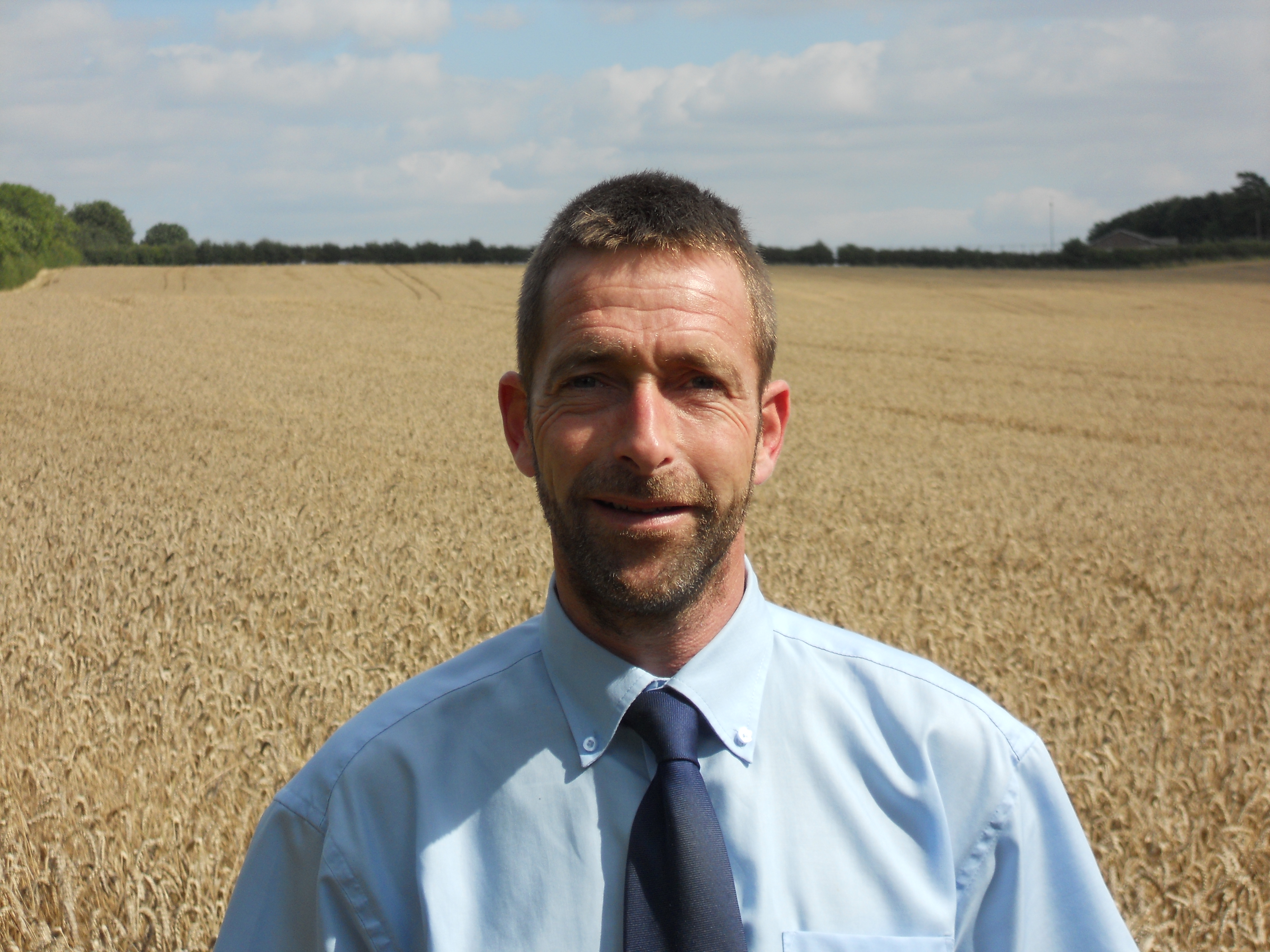
It may be fortunate to get just one chit of weeds before the typical drilling period for winter barley because of the dry weather, says Darren Adkins.
“The issues with the earlier drilling of barley compared with wheat are two-fold,” says Bayer’s Darren Adkins. “Firstly, there’s less and less time for making a stale seedbed and encouraging a chit of grassweeds that can be controlled before the crop is drilled. Secondly, when drilling in September, the pre-em residual herbicide has a longer period where it has to cover emerging grassweeds in the autumn, especially ryegrass.”
He notes that this autumn, it may be fortunate to get one chit of weeds before the typical drilling period for winter barley because of the dry weather. As a result, effective application of herbicides is likely to be necessary to prevent infestations in fields with a history of weed problems. Liberator at 0.6 l/ha plus Proclus at 1 l/ha is supported for weed control in barley for the first time this season, providing a useful improvement in control, he suggests.
“In barley, pre-em means pre-em, so aim to apply within 48 hours of drilling to a fine and firm seedbed to achieve the best performance. Flufenacet has a half-life of approximately 30 days, so a top-up post em residual herbicide will be needed to get through the autumn.
“September can be a dry month, and under these conditions residual herbicides don’t work at their best, increasing the need for more protection. Aclonifen is useful in this situation when applied pre-em as it has a longer half-life of around two months in the soil and isn’t broken down by sunlight.”
Barley is a more sensitive crop than wheat, so Darren suggests that a top-up of 120g/ha flufenacet plus pendimethalin or pendimethalin plus picolinafen is the safe limit for a typical residual programme in the crop, but soil type and drilling depth also should to be factored in to the decision, he advises.
For overall weed control, he favours a late-sown wheat over barley. “Barley is more competitive than wheat in the early stages of growth. However, this earlier competitiveness doesn’t make up for the lack of cultural control or post-em herbicide options for grassweed control.”
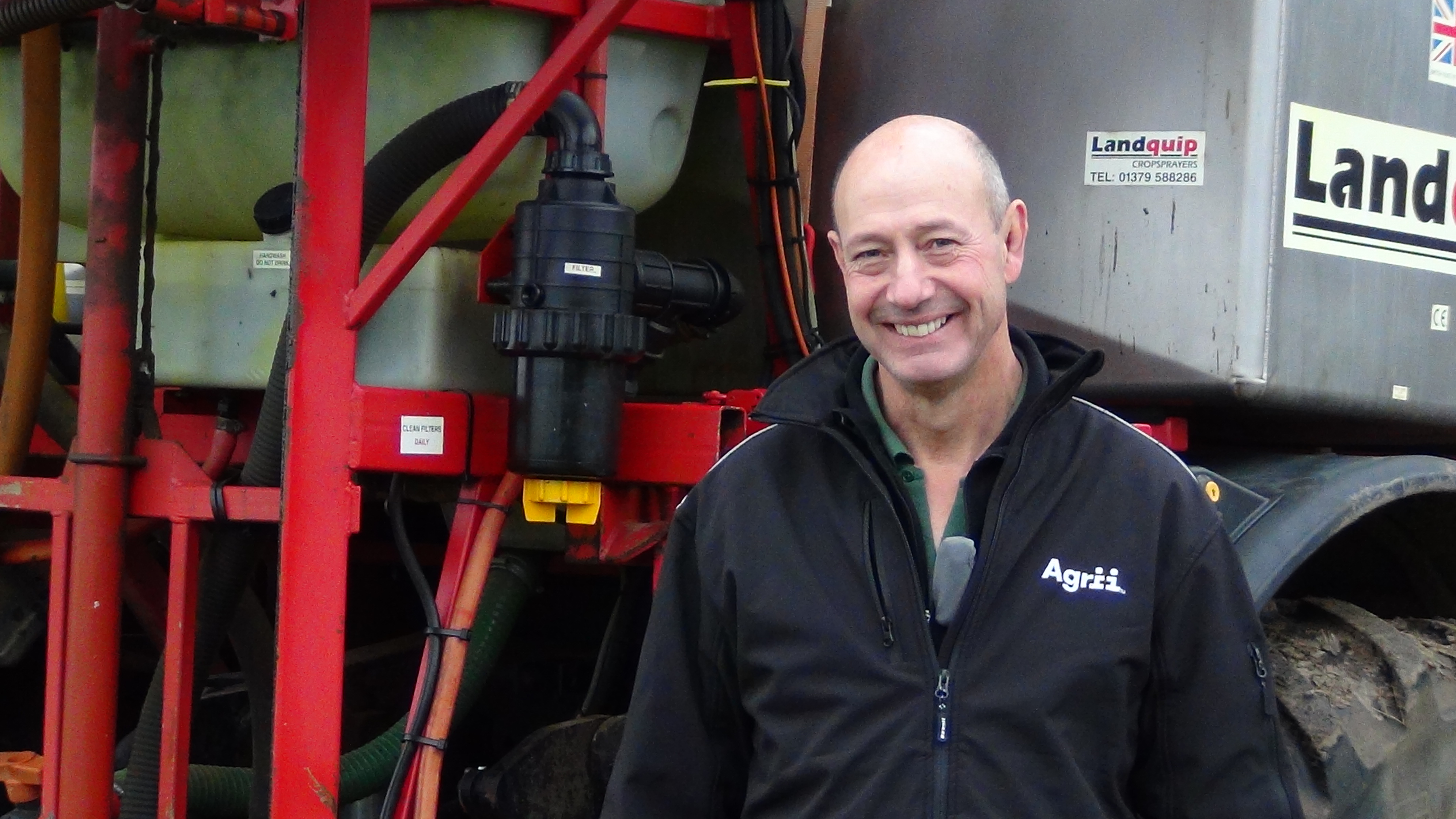
David Felce says one of the most important things for grassweed control is to have competitive crops.
Compared with an earlier drilled wheat, the competitiveness of barley may mean it has a slight edge where grassweeds are an issue. But maximising the competitiveness of any crop is a high priority for farmer and agronomist David Felce.
“One of the most important things is to have competitive crops. There are two sides to that, the first is the inherent competitiveness and growth habit of the crop. The other is good establishment.
“From my work with Agrii at Stow Longa, we saw that hybrid six-row is the most competitive barley but conventional two-row is still better than wheat in terms of competition. I think it’s an option on land that may have higher levels of blackgrass, so you don’t think it’s suitable for a second wheat but it doesn’t warrant being put into a spring crop.”
David bases sowing decisions on the conditions and field history, rather than a one-size-fits-all template. “I would say we’re keeping a lid on blackgrass. We can’t practice zero-tolerance, it’s not practical on this farm with the seedbank, soil and system – I admire the people who can do it, but it isn’t right for us,” he says.
“We keep numbers down with spring cropping, occasional ploughing, and other cultural controls. Furthermore, we aren’t tightly committed to a rotation, we base sowing decisions around weed levels in the previous season, not to a rigid plan.”
At present, soils are very dry and may be a challenge to get ready for drilling, he adds. “On my farm, the soils have dried into large plates. The cracks are so big that you can fit your arm in. I’m not sure we will get enough rain, or the right kind of rain, to reconstitute the soil properly before sowing. Any thunderstorm will wash fines into the cracks which won’t help.”
A lot depends on soil type and location, but many farmers will be in a similar situation. Weed control and herbicide strategy will also be affected – until there’s enough moisture for a chit of weeds and volunteers, there’s little call for glyphosate. And at the pre-em timing, moisture is needed for herbicides to be effective.
“Pre-em is the critical timing, application conditions and technique have to be right,” he concludes.
Low dormancy for blackgrass
The good news is that blackgrass seeds should at least chit readily this season once there is sufficient moisture. Assessment of a high number of samples has shown that dormancy in blackgrass seed shed this summer is very low, where seeds for the project were collected by ADAS, Dr Stephen Moss, Ruth East and JK Senior & Sons.
Weather conditions during maturation influence the dormancy of blackgrass, according to ADAS’s Dr Sarah Cook. “This year the blackgrass generally ripened and shed early – weather conditions during the ripening period were generally warm and dry, particularly in the south.”
Based on 18 samples from 2022, the actual mean germination was 50%. As in previous years, some samples tested showed lower and higher levels of dormancy indicating that local conditions were still important, she notes. The weather data has still to be analysed further.
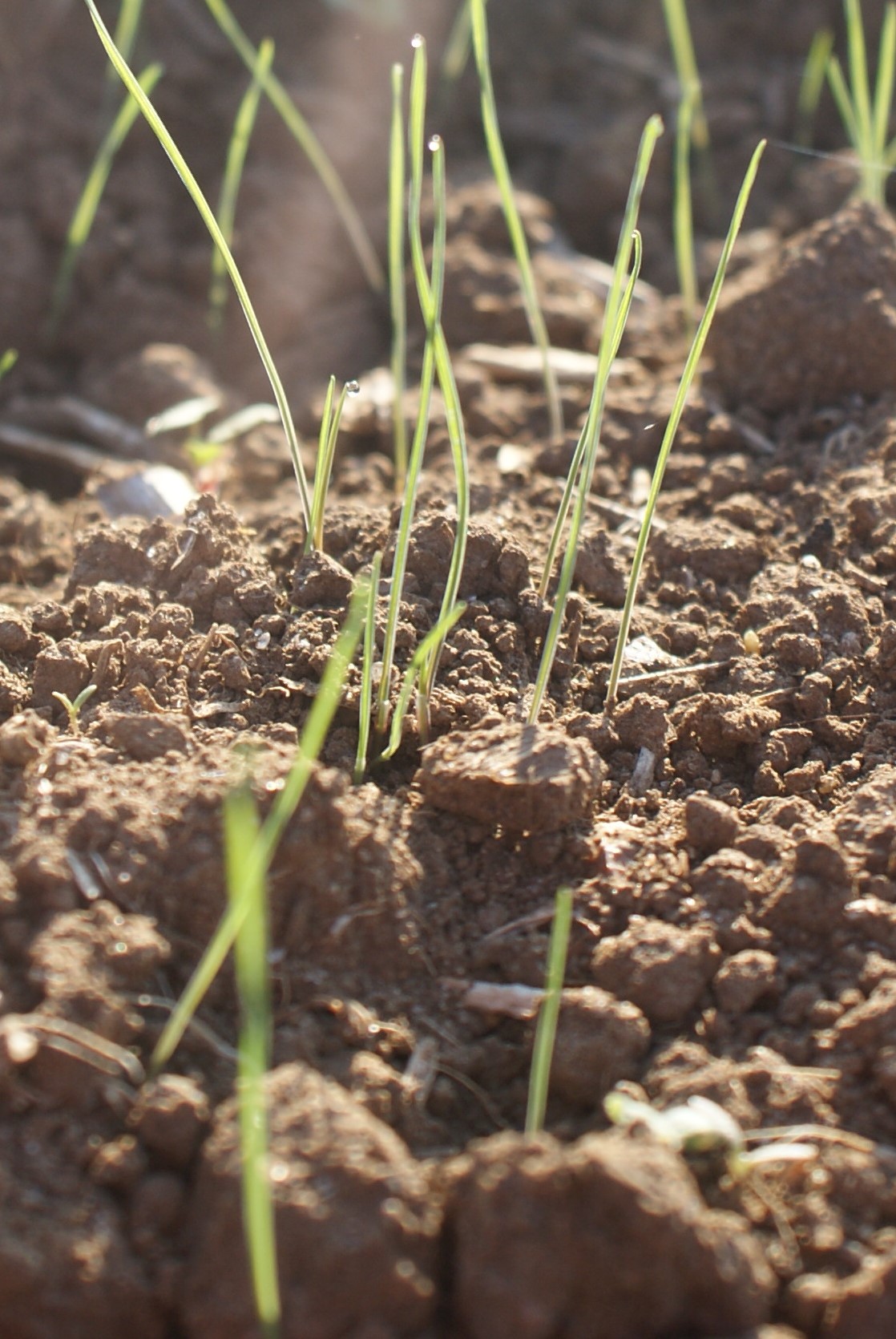
It’s worth waiting for blackgrass to emerge after this long dry period –– emergence from seed shed will be rapid.
“Dormancy only applies to freshly shed seed and its effect may only be minimal, depending on the quantity of seed already in the seedbank. The key factor affecting germination this year will be moisture availability,” adds Sarah.
What to do in a low dormancy year
- Spray off any blackgrass that does emerge before drilling – it’s worth waiting for weeds to emerge after this long dry period. Emergence from seed shed this season will be rapid.
- Where there are high blackgrass populations consider burying weed problems by ploughing (but did you plough last year?). Good ploughing will bury this year’s shed seed to below the germination zone (top 5cm) but cultivations will bring up weed seeds from depth and these will germinate rapidly, buried seed will remain in the seedbank but will decline by 70% per year. However, after high levels of control in the current crop avoid ploughing-up more seeds than you bury.
- Early drilling and increased seed rates may be appropriate to encourage establishment of a competitive crop.
- Use a robust pre-em herbicide with a residual component to cover the protracted period of emergence.
- Apply a robust post-em herbicide programme. Post-em sprays should be timed after most blackgrass has emerged, applied at the correct growth stage and should also include a residual element.
This article was taken from the latest issue of CPM. For more articles like this, subscribe here.

